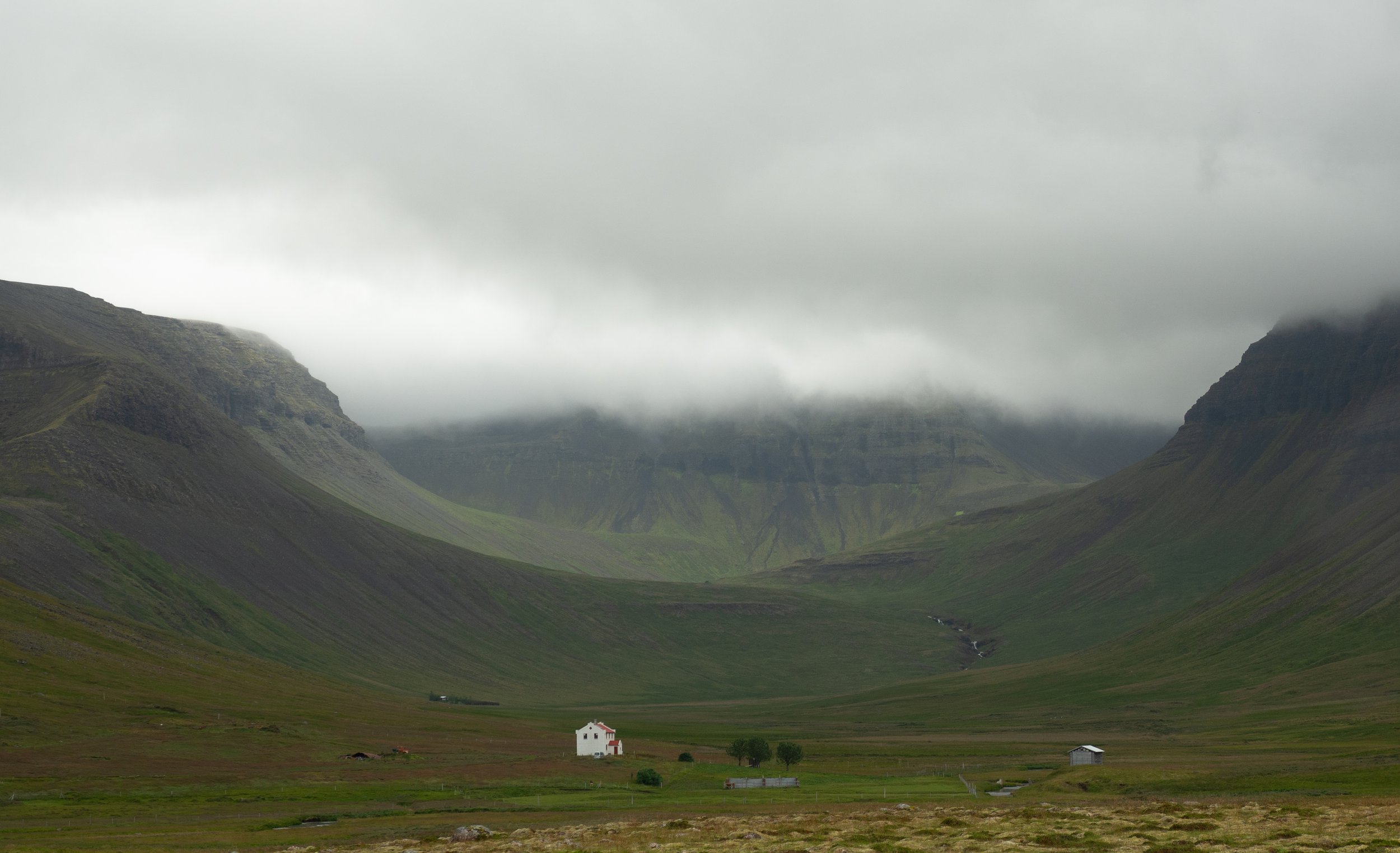The social imperative of productivity.
At some point in the autumn of 2020, halfway through what we were to call “Lockdown 2.0”, I began to dream about camping.
I'm sure it all started as a mean of coping with the tidal wave of bad news surging all around us. Cooped up in our tiny apartment, where the kitchen table had become office and meeting room, I dreamt of open spaces. I gazed at the upward trends of cases and wished those charts indicated the metres of altitude I was to gain in a hike. In a nutshell, I wanted to be out.
Time morphed this itch into a deeper desire, something I found myself unable to express fully until Fire Season, a book by Phil Connors, landed in my hands. Connors, a fire-watcher living in a hut in the American Southwest, had all but read my mind. “It’s a matter of achieving some substantial contact with that part of ourselves that relishes a campfire under a sky berserk with stars, 40 miles from the nearest social worker, completely reliant on our own dexterity”.
Shackled to my laptop, discussing products (how to sell them, how to sell them faster and why we weren’t selling even faster) I felt the irresistible pull of, again in the words of Connors, “to be shed of the social imperative of productivity”. Alas, I had to bide my time.
The Westfjords region of Iceland is a peninsula sticking, twig-like, out of the main body of the island. A fractal construction of peninsulas of ever-decreasing dimensions, the Westfjords are the remotest and wildest part of a country that has plenty of both. Right in the middle of that jumble of geographical features is a mountain: Kaldbakur.
Alone in an area that features mostly flat-topped ridgelines smoothed out by glaciers, Kaldbakur stands out in triangular perfection and splendid isolation, quasi-Himalayan despite being only one tenth of Everest. Stuck in my apartment, I decided that Kaldbakur was to be the test of my dexterity.
The plan was simple in its beauty and straightforwardness. Drive north, leave the car outside Þingeyri’s municipal swimming pool, head up the fjord, sleep somewhere and, the following day, strike an all-out assault to the mountain. When, eventually, the time came I was ready. I felt ready. Months of waiting and dozens of outdoor podcasts – where youthful Americans with names like Payson, Fitz or Kinley recounted their “gnarly” adventures – had primed me like a brainwashing session in a North Korean labour camp.
A squall was on its last legs as I rode into Þingeyri, the last drops of water washing the mud off the car as I bundled supplies and gear into a rucksack. I had everything: a bivvy, lightweight sleeping bag, foam pad, two bags of food, propane and enough attitude to feel invincible. No one witnessed my departure, and no one but a few sheep saw me walk up the fjord, past the airport and take a left, into the wild.
And precisely in that moment the wind hit me.
Wind in Iceland is unlike anything I’ve experienced before. It’s not only murderously fast and constitutionally icy; it’s also unpredictable. It can hit you from any direction at a moment’s notice. Like the velociraptor gang in the first Jurassic Park, Icelandic winds never strike twice from the same angle.
The gale that rolled down from Álftarmyrarheiði pass sounded threatening. It growled down the smooth valley walls like a cannonball, whistling as it went through fences and chicken wire. And it was bringing along some friends.
Sensing what was to come, I had put on an extra layer of overalls just before the rain rolled in. I carried onwards, bending under the weight of my backpack and the relentless beating of the wind. Horizontal rain pelted my face and, from time to time, rags of clouds entombed me in a white nothingness.
This was the moment my podcasting friends would inevitably come to. The time when the conditions turned from bad to worse and stamina ran low. This would be the occasion to dig in, to shred even more. No way back, nothing but the goal.
Light faded. I set up camp in the shadow of a boulder; enclosed in a green nylon cocoon I lay under my sleeping bag, listening to the wind and the occasional baaah of a distant sheep. I had barely the time of thinking of Conrad Anker slumming it on the snow of Meru’s Shark Fin and I was asleep.
The next morning revealed, well, not much. I had high hopes of one of those mornings with cloudless skies ranging in colours from salmon to indigo, but instead I woke up to a world dipped in cotton wool. I packed my bivvy, ate a Snickers and made coffee. Drizzle settled in. “I can go on for hours”, it seemed to say.
I stood there, conflicted. I was at a junction and the two sources of inspirations that had led me so far were pointing at different directions. Following the example of my outdoor mentors would’ve meant hiking to Kaldbakur, but that felt like a masterclass in futility, a climb to savour views that weren’t there. I ruminated some more, and then made my decision.
The past year had proven, time and again, that being in control is just an illusion. In that cloud-chocked valley I was reminded again that plans are nothing but statement of intention, wishes written on water. There is more wisdom, I decided, in pivoting in the face of a plan falling through than in soldiering on.
That was my epiphany, that day in Dyrafjorður. It was also the end of my attempt of climbing Kaldbakur. I shed myself of the social imperative of productivity and walked back to Þingeyri. A road led to unknown lands beyond the fjord, disappearing into the dark recesses of a tunnel, and I decided to follow it. Eventually, it led here.




